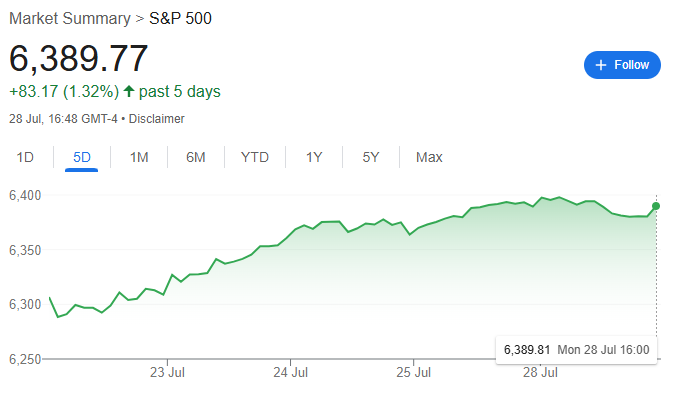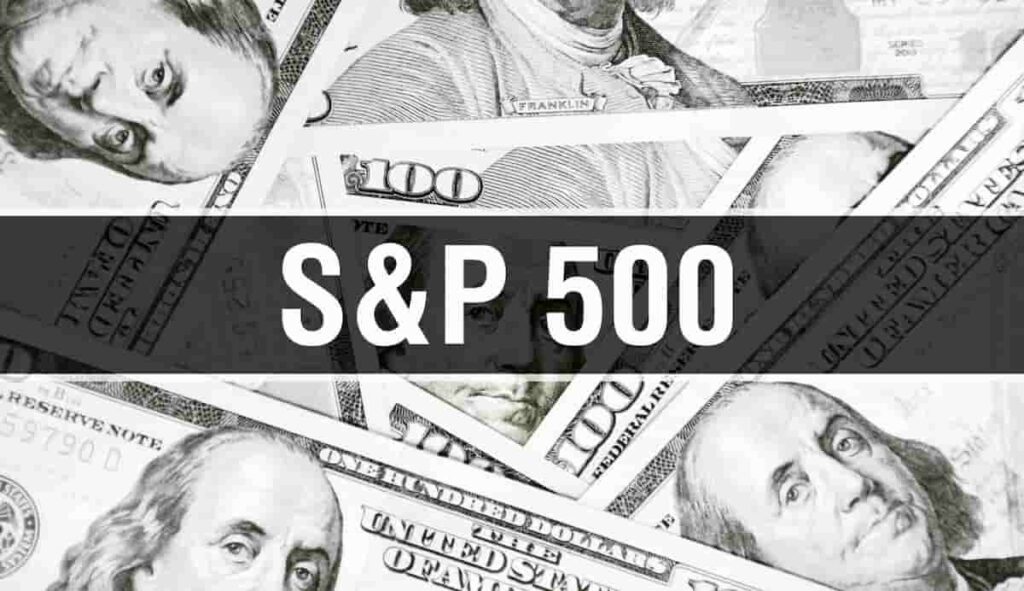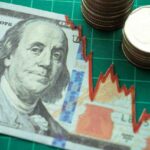Banking giant Morgan Stanley (NYSE: MS) has issued an aggressive forecast for the S&P 500, projecting the index to reach 7,200 by mid-2026.
The bullish outlook implies a 12% increase from the index’s last session close of 6,389. Notably, the S&P 500 has been on an upward trend, gaining 1.3% over the past week.

The bank’s Chief Investment Officer, Michael Wilson, suggested that the odds of this bullish scenario are rising, supported by a combination of favorable economic and market factors.
Wilson cited a shift toward a “rolling recovery” environment, characterized by improving operating leverage, increased adoption of artificial intelligence (AI), a weakening U.S. dollar, and tax savings from the Inflation Reduction Act.
Easing year-over-year growth comparisons and anticipated interest rate cuts by the Federal Reserve in early 2026 further strengthen the outlook.
Despite concerns over high market valuations, Morgan Stanley believes these are justified, especially given strong corporate performance.
Wilson also highlighted the industrials sector as the bank’s top investment recommendation, despite it leading the S&P 500’s performance so far this year.
“Now, we appear to be transitioning to a rolling recovery backdrop aided by positive operating leverage, AI adoption, dollar weakness, cash tax savings from the OBBBA, easy growth comparisons, pent up demand for many sectors, and a high probability of Fed cuts by 1Q26,” Wilson said.
Wall Street turns bullish on S&P 500
Separately, Oppenheimer also issued a bullish forecast, raising its year-end S&P 500 target to 7,100 from a previous estimate of 5,950. The firm cited robust corporate earnings, resilient economic data, and favorable macroeconomic conditions.
Other institutions revising their forecasts upward include BMO (6,700), Goldman Sachs (6,600), and Bank of America (6,300). Even traditionally cautious firms like Barclays and J.P. Morgan now expect the index to reach 6,050 and 6,000, respectively.
However, Evercore ISI and HSBC remain cautious, maintaining the lowest targets at 5,600.

It’s worth noting that much of Wall Street had turned bearish on the benchmark index following the trade tariff uncertainties sparked by President Donald Trump in April.
However, as the U.S. moves to finalize trade deals with key partners, recession fears have eased, prompting a more optimistic tone from analysts, though some economists still warn of underlying economic risks.
Featured image via Shutterstock








